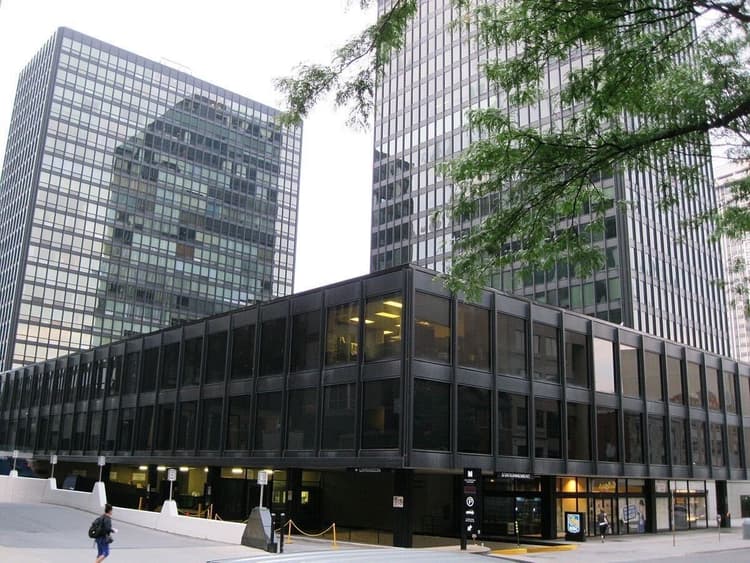While many Canadians were hoping for another rate cut in August, the Bank of Canada is expected to once again
maintain its key interest rate at 2.75%. This would be a third consecutive status quo, despite an economic
context marked by slowing growth. Why this pause? And what should we expect in the coming months?
A prolonged pause after rapid cuts
Between June 2024 and March 2025, the Bank of Canada rapidly reduced its key interest rate by 225 basis points.
But since spring, it has been on pause. Despite the economic slowdown, core inflation remains too high to
justify another short-term cut.
Growth indicators are mixed: some sectors are slowing, but not enough to trigger an urgent response. The Bank
therefore finds itself in a delicate position: it wants to avoid rekindling inflation while supporting a fragile
economy.
The economy in a grey zone
Recent surveys of businesses and consumers show a loss of confidence since the beginning of the year. Purchase
and investment intentions are weak, and consumption remains cautious. Even though retail sales showed a slight
rebound in June, this is not enough to signal a clear recovery.
According to economists, Canada is "too weak to rejoice, but not weak enough to justify a rate cut."
Inflation remains the main brake
It's mainly inflation that's holding the Bank of Canada back from taking action. Core inflation measures — such
as the median and trimmed indices — remain above 3%, largely due to service prices. Unlike global shocks, this
pressure is domestic in origin, making it more difficult to control.
Institutions like RBC and Scotiabank estimate that the Bank will need to maintain high rates longer to avoid a
return of price spikes.
The labour market is holding up, but showing signs of fatigue
Even though the economy added 83,000 jobs in June, some analysts observe growing fatigue, especially in highly
indebted regions like Ontario and British Columbia. Households in these provinces must deal with more expensive
mortgage renewals, which weighs on their purchasing power.
The Bank of Canada might see this resilience as a reason to wait longer, but the room for manoeuvre is
increasingly thin.
And what's next?
The Bank's next monetary policy report could offer a bit more clarity. However, several experts expect it to
maintain a cautious approach, given the uncertainties related to fiscal policies, trade, and inflation
evolution.
In conclusion
The Bank of Canada is playing the caution card: it must juggle between persistent inflation and a slowing
economy. For borrowers, this means rates could remain relatively stable in the short term, with little room for
decline.




